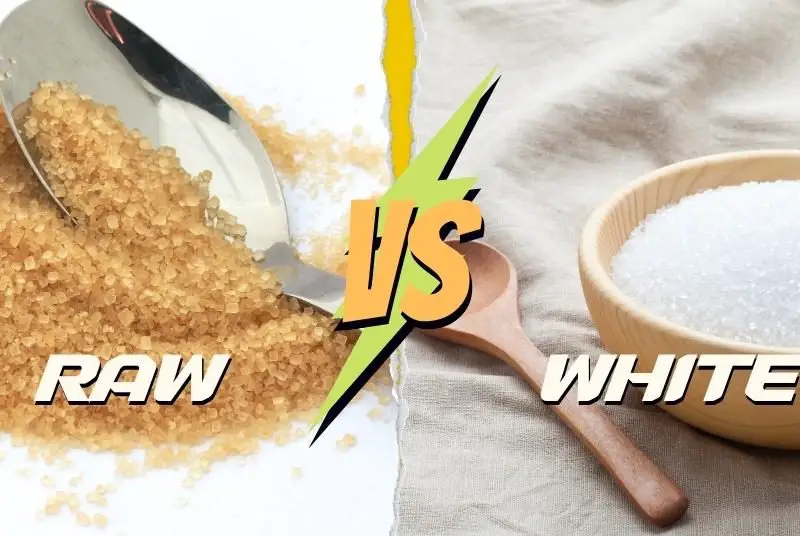I am a well-rounded expert with proficiency in several fields. My experience spans from being a dedicated chef and homemaker. As a passionate homesteader, I’ve honed my skills in sustainable living and animal care, ensuring a holistic approach to everything I undertake. Email me or Txt: (# removed due to spam, please email)
So you have pantry moths flying all over your house, they’re in your kitchen, they’re in your pantry, they’re probably even in your laundry room. Boy isn’t that annoying. You know one of the best ways to get rid of a pantry moth infestation is to get it early.
Sadly, that’s not always so easy, the signs can be pretty subtle at times. So this is what you should be looking out for.
One of the most apparent signs of a pantry moth infestation is going to be the adults flying around your pantry. We say this the most obvious sign because they’re annoying and it’s really hard to miss them. Experts tend to agree, as would you once you realize you have them!
But sometimes you might miss them anyway because the infestation is too early and small, or perhaps you’ve just been unlucky when it comes to witnessing a moth flying around your kitchen.
Even if you did see them in your kitchen, you might just assume it’s a regular moth who got in through the screen door being open, So you do what most people do, Ignore it! This is the most common problem behind big infestations. They get ignored to the point where it’s no longer ignorable.
Okay, so what are you do then if the infestation is too early to see large full-grown moths flying around or you just happen to keep missing them?
Well, this is where you have to start inspecting your actual food in the pantry. Some of their favorite foods include cereal products, flour, oats, and other various powdered Goods. If you check the corner of these packages and sometimes the edges and seals underneath, you will notice almost what appears to be a weblike structure.
You may also notice holes or gaps have been nuzzled open in the seams of the box.
This is one of the obvious signs that an infestation has started and that moths and larvae may be living inside your pantry and in your food right now. If you open these boxes and inspect them, you may notice some larvae. They look like little worms roaming around inside the oats or powder. They may also look similar to caterpillars.
It’s possible if you disturb your packaging, full-grown moths may appear, get riled up and fly away. If you see any of these signs, it’s a sure fire confirmed infestations.
So what do you do about it?
Infestation confirmed, now what?
Pantry moth infestations can be super annoying to deal with. They are resilient and hard to remove. If these steps don’t solve your problem, you may need to call in a professional service to deal with it.
The first step is to remove the affected containers. This food is no longer good for consumption (nor would you want to eat it obviously). Take all infested food, and food you think may be infected, and dispose of them gently into a garbage bag.
At this point, there is no reason to use pesticides so don’t run out just yet to buy any. Just simply vacuum the entire pantry top to bottom, then wash it down. You may also wish to mix in some essential oils to the water you are wiping the pantry with. You can see a large list of oils that kill moths here.
We recommend wiping down the entire effected area as well as hanging cotton balls lightly dipped in various essential oils. Be it a blend or just individual scents.
You may also consider setting up a few sticky fly traps to kill any remaining moths who happen to get back into the pantry. These are fairly effective after the initial cleanup. It doesn’t hurt to have them around the rest of your house you’ve seen them flying around either.
Future Prevention
Now that the moths are (hopefully) dealt with, you may wish to future proof your pantry. One of the best things you can do for yourself is start using glass seal containers. Transfer all your dry goods from their original store packaging to glass containers with seals on them.
This will prevent future infestations as well as any remaining moths from entering your new foodstuffs. It will also quarantine your new foods in case they were infected at the grocery store.
Speaking of pre-infested at the grocery store, freezing your dry goods for 48 hours is always a good idea. This will kill any potential larvae that may have sneaked in on the store shelves.
Setting up pantry moth traps is also a good idea, even if you think you’ve gotten the infestation under control. Yes, pantry moth traps do exist. They are similar to sticky fly traps but are usually triangular in nature rather than a ribbon. You may find you also collect several other species of bugs, giving you an idea of what else you might be dealing with in the future.
Bottom line
Look for clumping inside boxes of dried goods. Web-like structures on the corners and seams of boxes. Full-grown adults flying around, and caterpillar looking larva inside the food itself are all signs of a pantry moth infestation.
If these steps don’t work for you and you find yourself soon reinfested then it’s time to bring in the big guns and possibly hire a professional who is willing to use pesticides. The use of pesticides should always be a last resort of course, especially when dealing with an enclosed space you store food.
You may not be able to use your pantry for some time while an exterminator deals with the problem, So be sure to really use your elbow grease and try to get all the moths and their eggs before you need to call in the big, expensive guns.



